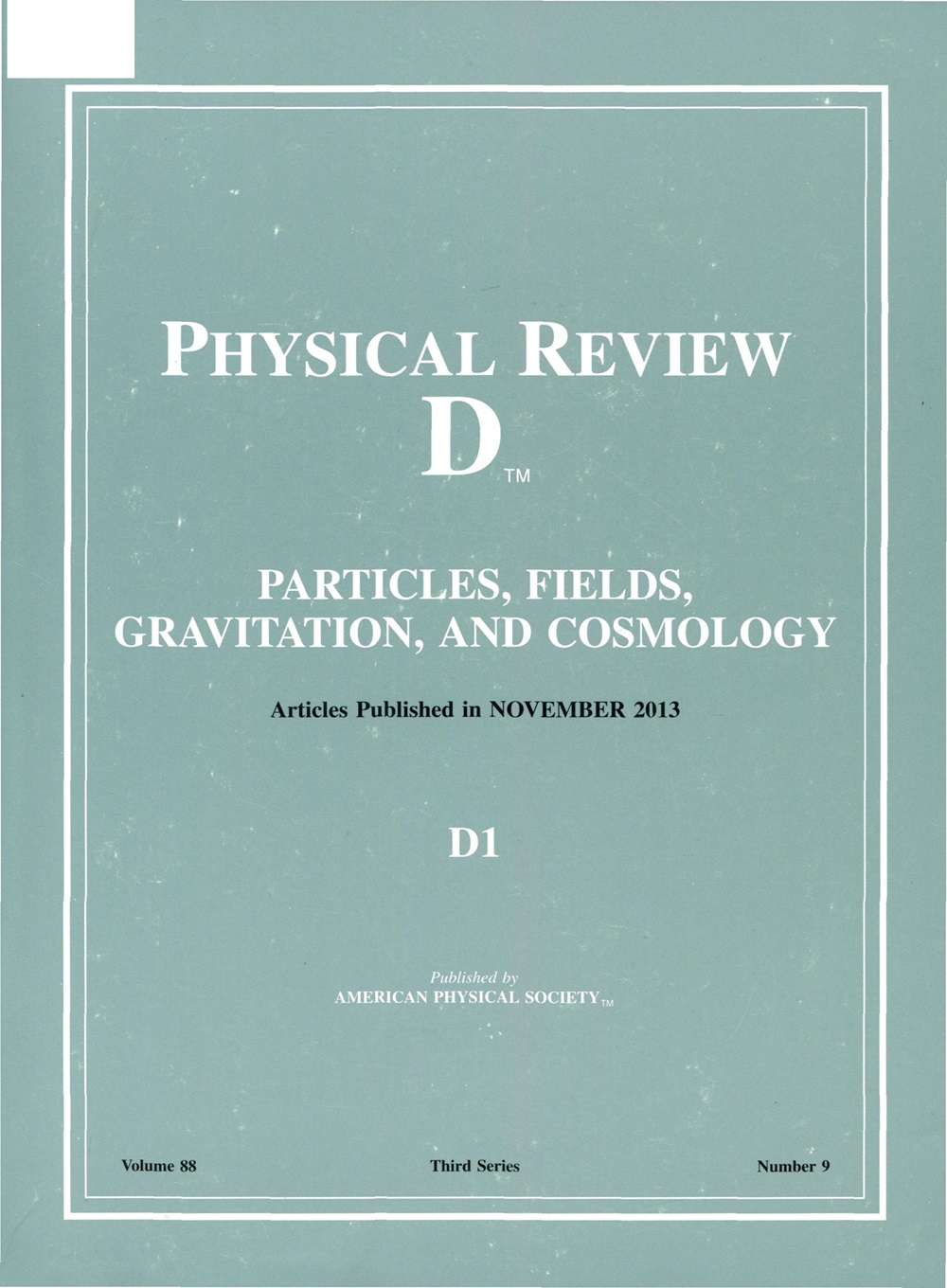Thermal and nonthermal dark matters with gravitational neutrino reheating
IF 5.3
2区 物理与天体物理
Q1 Physics and Astronomy
引用次数: 0
Abstract
We have discussed in detail how neutrinos produced from inflaton solely through gravitational interaction can successfully reheat the Universe. For this, we have introduced the well-known type-I seesaw neutrino model. Depending on seesaw model parameters, two distinct reheating histories have been realized and dubbed as (i) Neutrino dominating: Following the inflaton domination, the universe becomes neutrino dominated, and their subsequent decay concludes the reheating process, and (ii) Neutrino heating: Despite being subdominant compared to inflaton energy, neutrinos efficiently heat the thermal bath and produce the radiation dominated universe. Imposing baryon asymmetric yield, the ΔNeff constraint at big bang nucleosynthesis (BBN) considering primordial gravitational waves (PGW), we have arrived at the following constraints on reheating equation of state to lie within热和非热暗物质与引力中微子再加热
我们已经详细讨论了仅通过引力相互作用产生的暴胀产生的中微子如何成功地重新加热宇宙。为此,我们引入了著名的i型跷跷板中微子模型。根据跷跷板模型参数,已经实现了两种不同的再加热历史,并被称为(i)中微子主导:在暴胀主导之后,宇宙成为中微子主导,它们随后的衰变结束了再加热过程;(ii)中微子加热:尽管与暴胀能量相比,中微子是次要的,但中微子有效地加热了热浴并产生了辐射主导的宇宙。考虑重子不对称产率,考虑原始引力波(PGW)的大爆炸核合成(BBN)的ΔNeff约束,我们得到了再加热状态方程在0.5≤wφ≤1.0范围内的约束。在这些中微子驱动的再加热背景下,我们进一步对暗物质(DM)的热和非热产生进行了详细的分析,调用了两个最小模型,即希格斯门户DM和经典量子色动力学伪标量轴子。在面对各种直接和间接观察时,出现了看似不相关的DM和i型跷跷板参数之间有趣的相关性。当DMs被设置为冻结、冻结或在再加热过程中振荡时,新的参数空间就会打开,这可能在未来的实验中被探测到,为在实验室中研究早期宇宙铺平了一条间接的道路。2025年由美国物理学会出版
本文章由计算机程序翻译,如有差异,请以英文原文为准。
求助全文
约1分钟内获得全文
求助全文
来源期刊

Physical Review D
物理-天文与天体物理
CiteScore
9.20
自引率
36.00%
发文量
0
审稿时长
2 months
期刊介绍:
Physical Review D (PRD) is a leading journal in elementary particle physics, field theory, gravitation, and cosmology and is one of the top-cited journals in high-energy physics.
PRD covers experimental and theoretical results in all aspects of particle physics, field theory, gravitation and cosmology, including:
Particle physics experiments,
Electroweak interactions,
Strong interactions,
Lattice field theories, lattice QCD,
Beyond the standard model physics,
Phenomenological aspects of field theory, general methods,
Gravity, cosmology, cosmic rays,
Astrophysics and astroparticle physics,
General relativity,
Formal aspects of field theory, field theory in curved space,
String theory, quantum gravity, gauge/gravity duality.
 求助内容:
求助内容: 应助结果提醒方式:
应助结果提醒方式:


